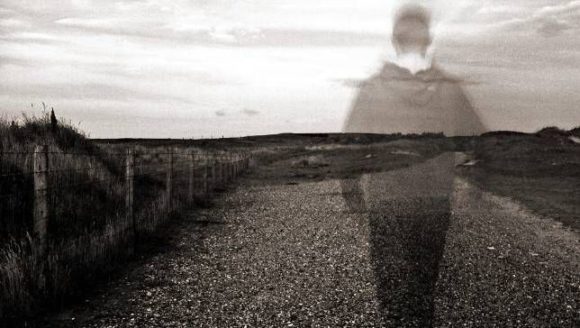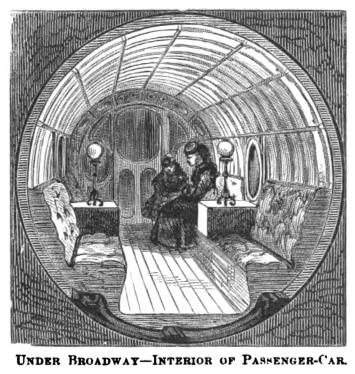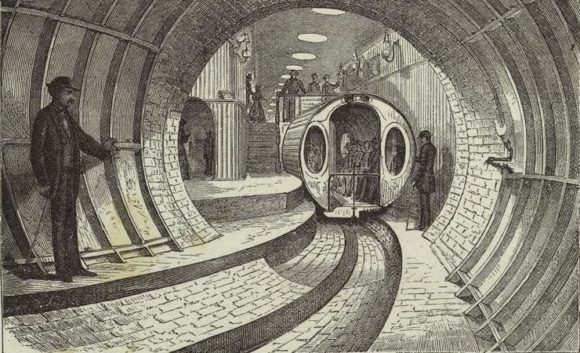The True Science of Parallel Universes
No one understands it, but quantum weirdness may in fact explain the un-explainable?
From Mother Nature Network,
Parallel worlds exist and interact with our world, say physicists
New theory explains many of the bizarre observations made in quantum mechanics.
Bryan Nelson
“Quantum mechanics, though firmly tested, is so weird and anti-intuitive that famed physicist Richard Feynman once remarked, “I think I can safely say that nobody understands quantum mechanics.” Attempts to explain some of the bizarre consequences of quantum theory have led to some mind-bending ideas, such as the Copenhagen interpretation and the many-worlds interpretation.
Now there’s a new theory on the block, called the “many interacting worlds” hypothesis (MIW), and the idea is just as profound as it sounds. The theory suggests not only that parallel worlds exist, but that they interact with our world on the quantum level and are thus detectable. Though still speculative, the theory may help to finally explain some of the bizarre consequences inherent in quantum mechanics, reports RT.com.
The theory is a spinoff of the many-worlds interpretation in quantum mechanics — an idea that posits that all possible alternative histories and futures are real, each representing an actual, though parallel, world. One problem with the many-worlds interpretation, however, has been that it is fundamentally untestable, since observations can only be made in our world. Happenings in these proposed “parallel” worlds can thus only be imagined…”
For the rest, and a video “The True Science of Parallel Universes,” click here.
Share



